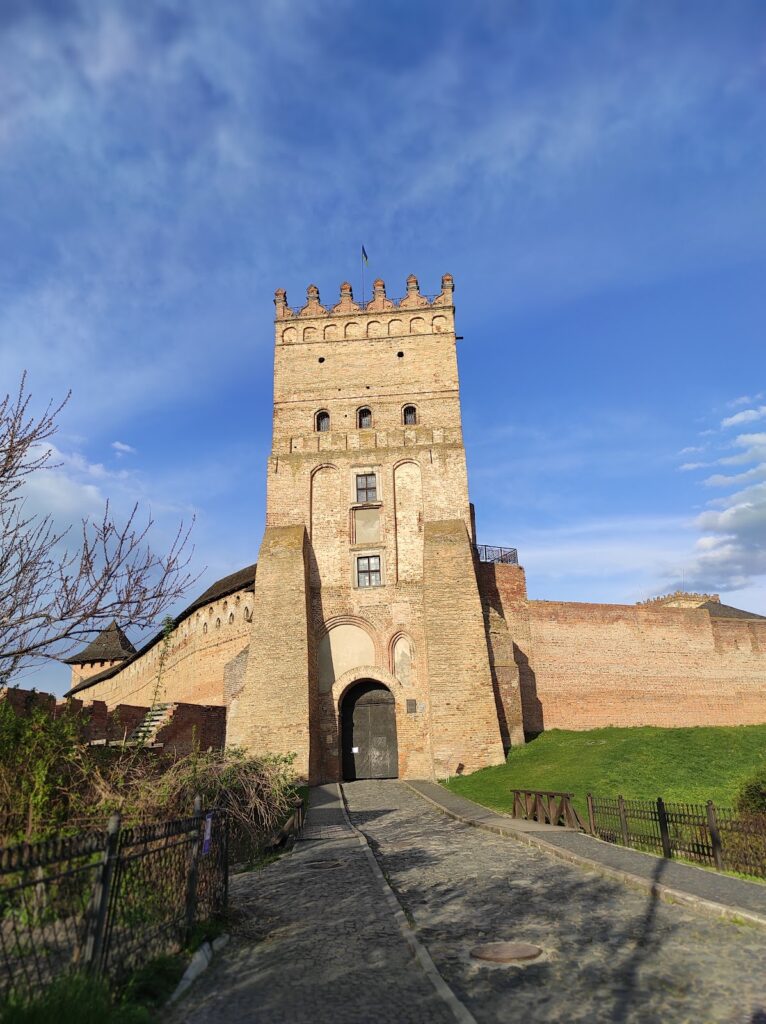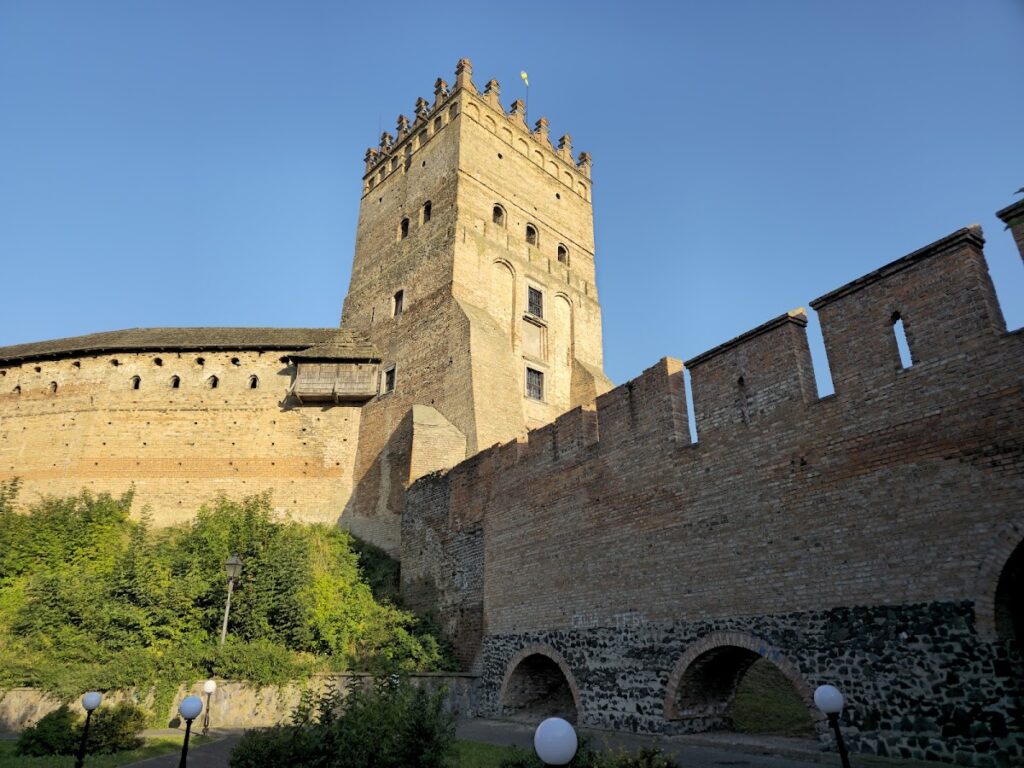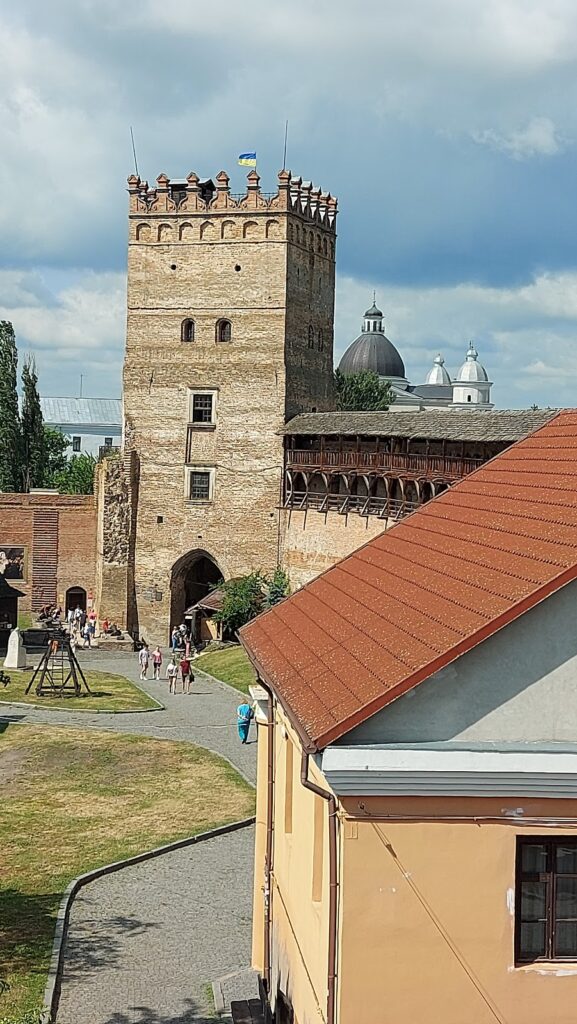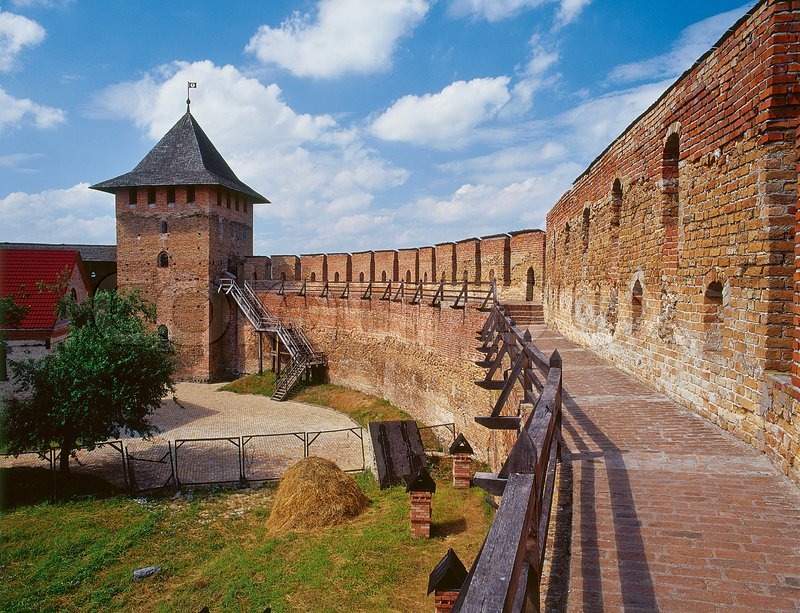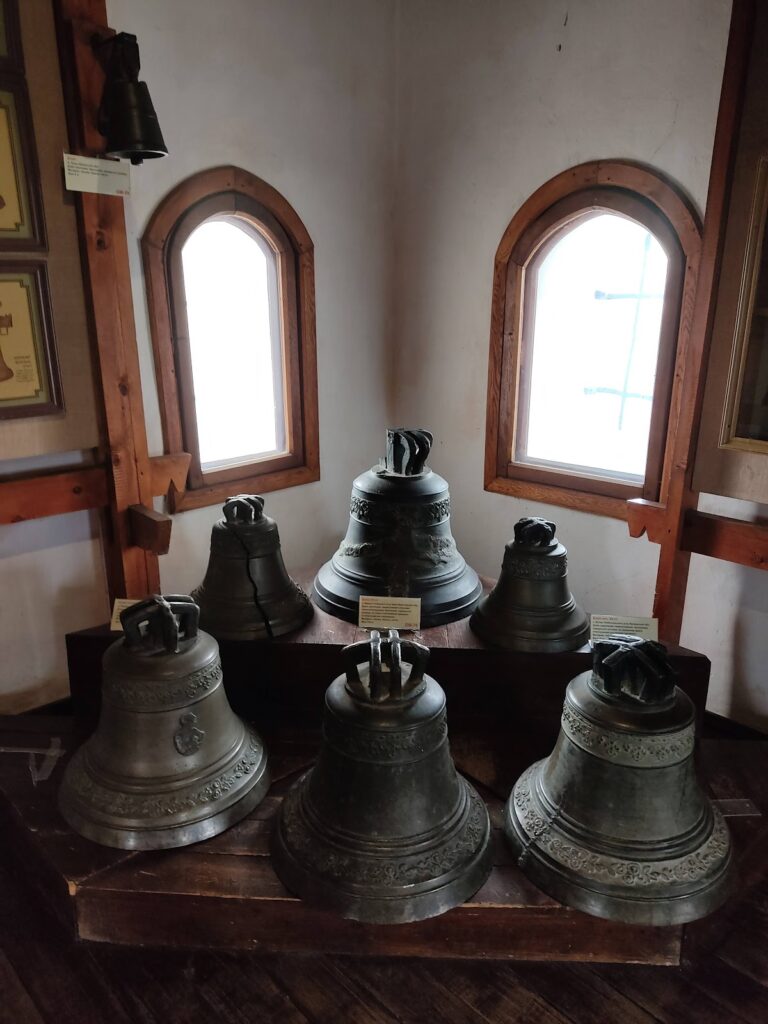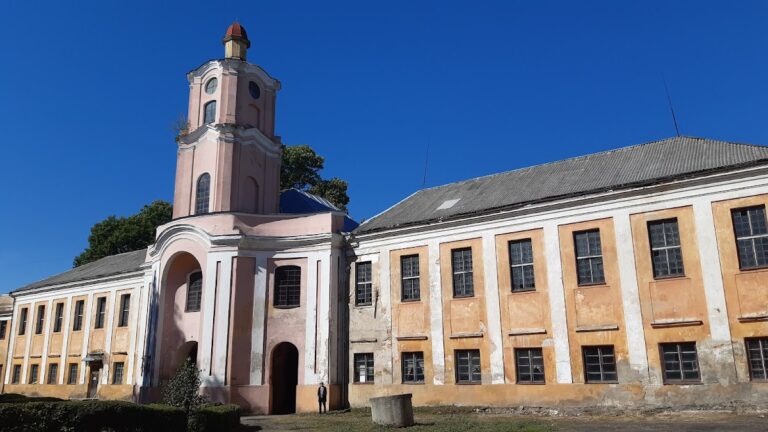Lubart’s Castle: Historic Fortress and Cultural Landmark in Lutsk, Ukraine
Visitor Information
Google Rating: 4.6
Popularity: High
Google Maps: View on Google Maps
Official Website: lutskreserve.com
Country: Ukraine
Civilization: Medieval European
Remains: Military
History
Lubart’s Castle is a historic fortress located in the city of Lutsk in present-day Ukraine, originally established by the Grand Duchy of Lithuania. Its origins trace back to a fortified settlement from the 10th century, traditionally linked to Vladimir the Great, situated on a hill encircled by the curves of the Styr River. Early wooden fortifications from this period successfully defended the site against several sieges, including a significant stand against Polish forces in 1069 and further attacks throughout the 12th and 13th centuries.
By the mid-14th century, the wooden defenses were replaced with stone under Lubart, son of Gediminas and ruler of the united Galicia-Volhynia principality. Construction of the durable stone Upper Castle began around the 1350s and was largely completed by 1430. Over the following decades, the castle evolved into the residence of the Grand Duke and served multiple important roles; it functioned as a royal administrative center, court, religious site, and military stronghold within the Volhynian Voivodeship.
The castle gained international prominence in 1429 when it hosted a congress of European monarchs addressing political and economic affairs in Central and Eastern Europe, as well as the coronation of Vytautas. Despite withstanding several sieges during conflicts such as the Lutsk War in 1431 and enduring assaults from Polish armies and Tatar forces in the 16th century, the castle maintained its significance. During this period, an adjacent fortification known as the Okolny Castle was developed, initially a wooden suburb with multiple towers, then partially rebuilt in brick after 1502. However, by the late 18th century, Okolny Castle lost its coherence as a defensive structure due to fires and dismantling.
From the 16th century onward, Lubart’s Castle’s role gradually shifted toward judicial and administrative duties. It housed several courts, including the Grodsky, Zemsky, Podkomorsky, Kapturovy courts, and the Lutsk Tribunal, which served as a high appellate court for neighboring territories until 1589. Its military and administrative importance declined in the 18th century amid neglect and fire damage. Following the third partition of Poland, Lutsk became part of the Russian Empire, and the castle’s functions changed again as it was repurposed for archival storage, residential use, and fire service needs. During the 19th century, parts of the castle’s walls and towers were dismantled to provide materials for other buildings.
Restoration and conservation efforts began in the late 19th and early 20th centuries, with considerable work carried out throughout the interwar period under Polish administration and during the Soviet era. Since 1985, Lubart’s Castle has formed part of the “Old Lutsk” historical-cultural reserve, with ongoing archaeological research and restoration continuing into the 21st century.
Remains
The Upper Castle is laid out in a roughly triangular plan, with three substantial towers positioned at each corner approximately 100 meters apart. Its walls reach about 12 meters tall and taper in thickness from nearly three meters at their base to less than one meter at the top. Construction extensively utilized roughly five million bricks of varying sizes, arranged using Gothic-style masonry. Sections of the walls are crowned with battlement galleries featuring embrasures—openings designed for defenders—and some areas are sheltered by wooden shingle roofs.
Among the three principal towers, the Vyizna Tower served as the main entrance and stands five stories tall, approximately 28 meters in height. This rectangular structure includes a spiral staircase connecting it to the adjacent princely palace and is distinguished by robust 19th-century buttresses that narrow towards the top. Its facades combine Gothic and Renaissance details, including symmetrical window arrangements and Renaissance-style merlons crowning the attic. The tower’s gateways once featured upper entrances protected by a drawbridge.
The Styrova Tower, also about 28 meters high, is notable for its external buttresses and remains of defensive walls extending eastward that relate to the outer fortifications known as Okolny Castle. It has two entrances adorned with white-stone portals; one lower doorway was buried for a long time before being uncovered. Its decorative brickwork incorporates Gothic and Renaissance motifs, and the tower features embrasures suited for defense.
The Vladitskaya Tower, also called the Overlord’s Tower, is simpler in design and lower in height at around 14 meters. It has thick stone walls tapering from three meters at the base to roughly one meter at the top, arched openings for weapons, and a wooden shingle pyramidal roof. Atop the tower sits a metal figure named “Klykun” mounted on a slim pole.
The princely palace originally lay adjoining the Vyizna Tower, measuring about 60 meters in length, 13 meters wide, and 22 meters high. It was rebuilt in the mid-16th century reflecting Italian Renaissance architectural styles. Archaeological excavations have revealed its foundations, offering insight into the palace’s scale and design.
The Okolny Castle, initially a wooden fortified suburb consisting of eight towers—half built in brick—was later partially rebuilt in brick starting in 1502. While it ceased to exist as a continuous defensive complex by the late 18th century, approximately 55% of its structures, such as walls, towers, and outbuildings dating to the 18th century, survive integrated into modern buildings in Lutsk. The original street plan of this area remains discernible.
One notable surviving tower of Okolny Castle is the Czartoryski Tower, a rectangular building crowned with a pointed shingle roof. It is connected to defensive walls featuring battlements and an enclosed gallery. Excavations conducted in 2020 uncovered previously unknown basement chambers beneath this tower, which have since been restored and made accessible.
Beyond structural elements, the castle walls feature numerous historic inscriptions and graffiti dating back to the 15th century. Among these are signatures of notable individuals, such as the archivist A.N. Korzeniowski from 1799 and Olga Kosach, the sister of renowned poet Lesya Ukrainka, who signed the walls in 1891.
Within the castle complex, several museums exhibit artifacts uncovered through archaeological research, including bricks, tiles, ceramics, and weaponry from the 15th to 17th centuries. The Vladitskaya Tower houses Ukraine’s only museum dedicated entirely to bells, reflecting the castle’s cultural heritage. Exhibits also include a historical reconstruction club, a former prison display, and collections dedicated to the castle’s long history.
Excavations in the vicinity have uncovered the foundations of both the princely palace and the Cathedral of St. John the Theologian, which served as an Orthodox and later Greek Catholic church. Burials of princes and bishops have been identified within these church remains, including a notable princely tomb containing a skull pierced by a Tatar arrowhead, possibly belonging to Iziaslav Ingvarovich.
Memorial plaques throughout the castle courtyard commemorate important historic moments such as the 1429 assembly of European monarchs. The former chancery building now hosts the Lutsk Art Museum, which holds a wide-ranging collection of works spanning from the 16th to the 20th century.
Lubart’s Castle remains a prominent and multifaceted historical site, with its image deeply embedded in the heritage of Lutsk through depictions on seals, coats of arms, currency, badges, and postcards. The partial restoration and public opening of the adjacent Okolny Castle ruins as of 2023 further enhance the understanding of the castle’s extended defensive complex.
